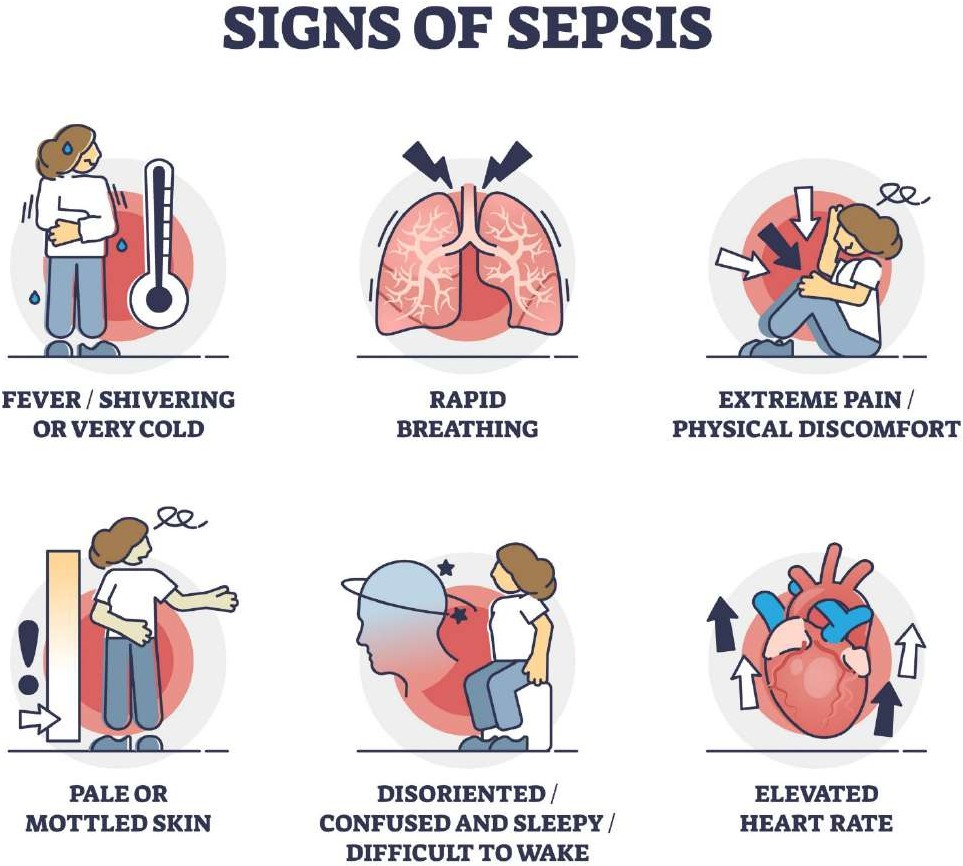A nurse is teaching a client who has chronic kidney disease about the process of continuous ambulatory peritoneal dialysis (CAPD). Which of the following information should the nurse include in the teaching?
CAPD is the dialysis treatment of choice for clients who have a history of abdominal surgery.
CAPD requires a rigid schedule of exchange times.
CAPD requires the client to follow fewer dietary and fluid restrictions than hemodialysis requires.
CAPD filters the client's blood through an artificial device called a dialyzer.
The Correct Answer is C
Choice A reason: CAPD can be suitable for clients with a history of abdominal surgery, but it is not specifically the
treatment of choice due to this reason alone.
Choice B reason: CAPD does not require a rigid schedule of exchange times. It is ?exible and can be adjusted to fit the client's lifestyle.
Choice C reason: CAPD allows for more dietary and fluid freedom compared to hemodialysis because it is a continuous process that removes waste products and excess fluid more gradually.
Choice D reason: CAPD does not filter the client's blood through an artificial device called a dialyzer; that is a description of hemodialysis. CAPD uses the client's peritoneum as the filter to remove waste products and excess fluid.
Nursing Test Bank
Naxlex Comprehensive Predictor Exams
Related Questions
Correct Answer is A
Explanation
The correct answer is Choice A
Choice A rationale: Headache and restlessness can be signs of a seizure or neurological disturbance, which phenytoin is used to treat. Phenytoin is an anticonvulsant medication that helps control seizures by stabilizing neuronal membranes and reducing excitability.
Choice B rationale: Decreased blood pressure and rapid pulse are not indications for phenytoin administration. These symptoms may suggest hypotension or cardiovascular issues, which require different interventions such as fluid resuscitation or vasopressors.
Choice C rationale: Muscle cramps and chest heaviness are not treated with phenytoin. These symptoms could indicate electrolyte imbalances or cardiac issues, which need specific treatments like electrolyte replacement or cardiac monitoring.
Choice D rationale: Pain and tingling at the access site are not indications for phenytoin administration. These symptoms may suggest local irritation or infection at the dialysis access site, requiring appropriate wound care or antibiotics.
Correct Answer is D
Explanation
Choice A reason: While a heart atack is a serious condition, it is not directly related to peritonitis. Peritonitis can lead to systemic infection, which may indirectly affect the heart, but it is not the primary concern in the immediate care of peritonitis.
Choice B reason: Diabetes is a chronic condition that requires ongoing management. However, it is not the most immediate threat when a client is diagnosed with peritonitis. The nurse should continue to monitor blood glucose levels as part of routine care.
Choice C reason: Respiratory failure can be a complication of peritonitis if the infection spreads and affects other systems. However, the primary concern with peritonitis is the potential for the infection to lead to sepsis.
Choice D reason: Sepsis is a life-threatening condition that can occur as a complication of peritonitis. It happens when the body's response to infection causes injury to its own tissues and organs. Monitoring for signs of sepsis is crucial because early intervention can be lifesaving.

Whether you are a student looking to ace your exams or a practicing nurse seeking to enhance your expertise , our nursing education contents will empower you with the confidence and competence to make a difference in the lives of patients and become a respected leader in the healthcare field.
Visit Naxlex, invest in your future and unlock endless possibilities with our unparalleled nursing education contents today
Report Wrong Answer on the Current Question
Do you disagree with the answer? If yes, what is your expected answer? Explain.
Kindly be descriptive with the issue you are facing.
